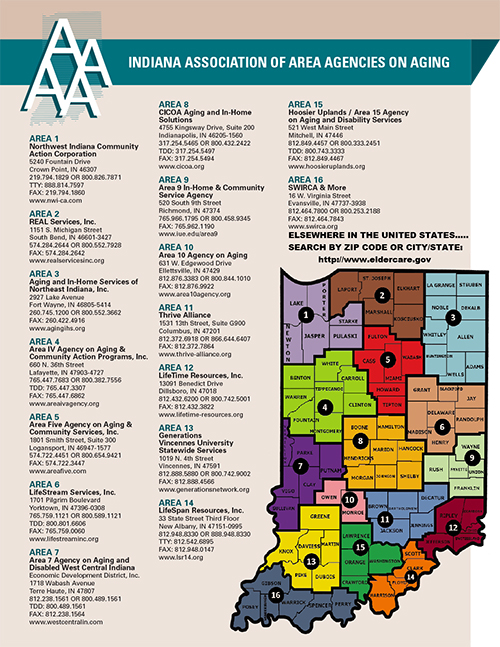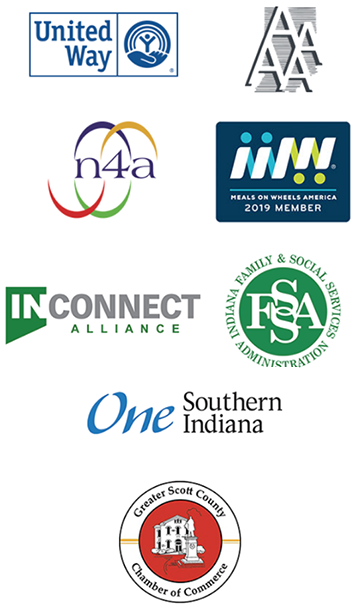Area Agencies on Aging (AAAs) were established under the Older Americans Act (OAA) in 1973 to serve as the “on-the-ground” organizations charged with assisting older persons to live with independence and dignity in their homes and communities. The Congressional authors viewed the role of AAAs to include identifying the priority service needs of the age 60+ population in the community, developing plans of action to address those needs, and serving as visible advocates with, and on behalf of, older Americans.
Today, there are 622 AAAs serving older adults in every community in the nation. Each AAA has evolved in the context of a unique social, economic and political environment. Further, AAAs are flexible and take advantage of emerging opportunities and “climates for success” to mount new initiatives or expand services that support the health and independence of those 60+, especially the most frail and vulnerable, and their caregivers. Consequently, no two AAAs are alike. Yet, the OAA provides the umbrella uniting them in a common mission with a common set of roles and responsibilities.
Advocacy: The OAA views the advocacy role of the Aging Network in the broadest context and calls for AAAs to serve as public advocates for the development or enhancement of a comprehensive and coordinated community-based system of service for older Americans. Consequently, AAAs across the country engage in a variety of activities to achieve this goal as briefly described below:
- Represent the interests of older persons with local elected officials, executive branch leadership, other public agencies and private organizations.
- Monitor hearings and comment on proposed policies and programs, and other community actions that affect older persons.
- Conduct studies to document the need for new initiatives, programs or funding.
- Partner with other organizations/agencies and participate in coalitions to enhance programs and services.
- Facilitate coordination across agencies and private organizations to promote new or expanded programs, benefits and opportunities for older persons.
- Assume a leadership role to assist communities to target resources from all appropriate sources to meet the needs of older persons with greatest economic or social need.
- Foster the capacity of older persons to organize and have a voice on public policy issues that affect their interests through activities such as educational opportunities, maintaining advisory councils and supporting senior advocacy organizations.
Operation of the Aging Service Delivery System: While the mission has not changed, over time the OAA has broadened the scope of core services provided by all AAAs. Gradually, these have been augmented by a range of other services financed by various sources. Today, AAAs operate a complex service delivery system that provides access to community-based in-home and elder rights services.
Flow Chart of Aging Network with respect to LifeSpan Resources
(Indiana Area 14 Agency on Aging)
Administration for Community Living (ACL)
|
Administration for Community Living
Regional Support Centers
Region 5 (of 10)
|
Administration on Aging (AoA)
State Unit on Aging (of 56)
|
Indiana Family and Social Services
Adminstration/Division of Aging
|
Area 14 Agency on Aging
LifeSpan Resources, Inc
There are 622 Area Agencies on Aging 260 Title VI Native American Aging Programs in the United States.
Map of Indiana Area Agencies on Aging Network
(Downloadable .pdf)







